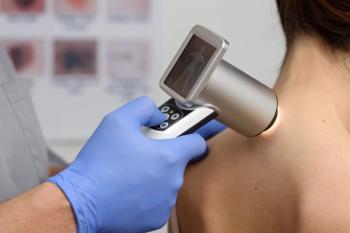
Checklist: Medical Cost Trends in 2013
A study from PwC indicates what lies ahead for the healthcare industry in 2013.
The industry will see yet another year of historically low growth, according to PwC. Greater cost sharing, new care models that move away from fee for service, and the stalled economy are among the reasons for projected trends.
According to a report from PwC's Health Research Institute, the medical cost trend will continue the low growth seen in 2011 and 2012. The trend is expected to be 7.5% in 2013, which is generally flat. An influx of newly insured could send healthcare spending soaring.
• Drug costs: The effect of $54 billion worth of drugs going off patent will reverberate throughout 2013. "Single source" generics can help lessen the blow with a price tag that is 20% less than the original branded drug. Payers are concerned about the pricing of specialty drugs. Several of these drugs have extremely high costs, such as the specialty drug, Soliris, which carries annual treatment costs of $400,000, but treats a life-threatening form of anemia.
• Shifting healthcare costs onto employees: Twenty-two percent of surveyed companies indicate that their in-network deductibles were more than $1,000, up from 8% of firms in 2008. For out-of-network deductibles, 43% of the companies report a deductible over $1,000, up from 21% in 2008.
• Price transparency: In order to stay competitive, many insurers are providing some form of price transparency. Over 30 states have laws on the books requiring some form of price transparency.
• Utilization: Ever more common, high-deductible health plans are having an effect on consumers' utilization of healthcare services. Further, 46% of consumers stated that they had delayed care due to costs at least once in 2011. Ten percent stated that they had delayed care five times or more because of costs.
• Retail clinics: In the age of high deductibles, consumers are looking for ways to receive care without spending too much and have increasingly turned to retail clinics. Retail clinics charge roughly 30% to 40% less than a private physician's office and 80% less than emergency departments. Over 1,300 such clinics operate in the United States and 23.5% of the survey's respondents had visited one in 2011, up from 9.7% in 2007.
• Wellness programs: In addition to choosing high-deductible health coverage, employers are turning to wellness programs to cut costs. In the past, such programs would reward employees just for participating, but a current trend is to reward employees who meet certain pre-set goals.
-Miranda Hester
Source: PwC Medical Cost Trend: Behind the Numbers 2013
Newsletter
Get the latest industry news, event updates, and more from Managed healthcare Executive.






















































